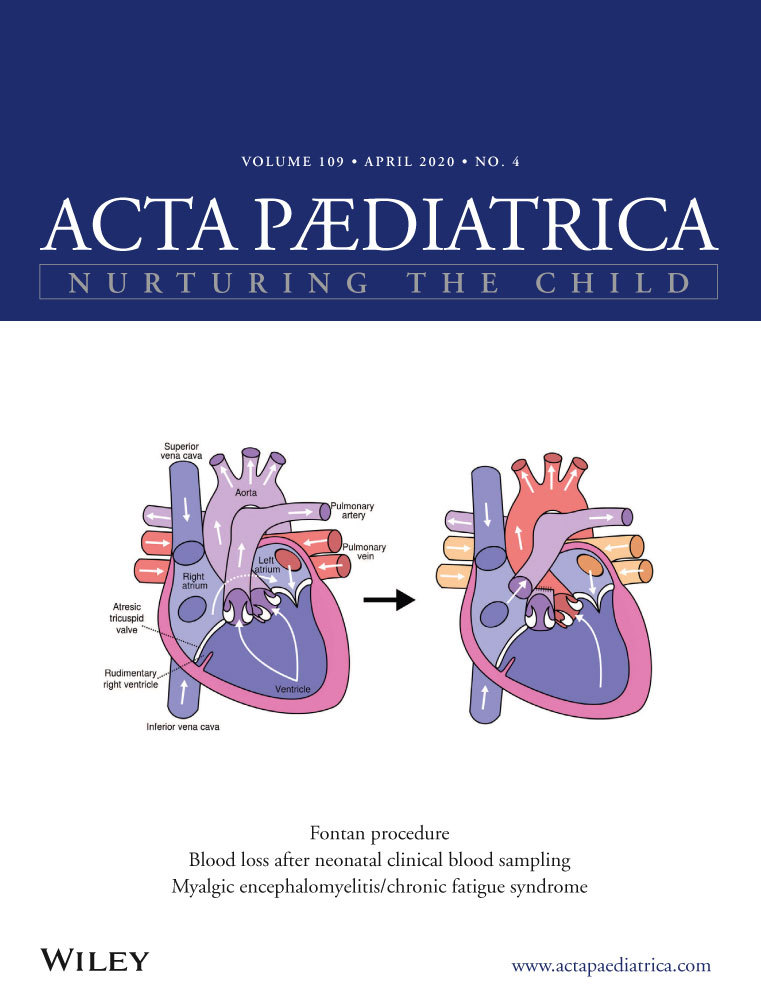Lung function and pulmonary vascular resistance are not associated in 6-year-old children born extremely preterm
Funding information
This work was supported by the Swedish Heart-Lung Foundation, Swedish Order of Freemasons´ Foundation for Children´s Welfare, Stockholm Odd Fellow foundation, and Sällskapet Barnavård and by a regional agreement on clinical research between Stockholm County Council and Karolinska Institutet, and between Lund University and Skåne University Hospital, Sweden.
Abstract
Aim
Children born preterm are at increased risk of reduced lung function. The aim was to test whether lung function was associated with pulmonary vascular resistance.
Methods
Participants were recruited from a population-based cohort born in 2004-2007. Lung function was assessed with spirometry after administration of a beta2-agonist. Forced vital capacity (FVC) and forced expiratory volume in one second (FEV1) were determined. Estimations of pulmonary vascular resistance, arterial dimensions, right ventricular wall thickness, sphericity, and systolic (TAPSE) and diastolic functions were performed with echocardiography. Adjusted regression analyses were used to study associations.
Results
Sixty-six children (33 boys) born at 22-26 weeks of gestational age (birthweights 460-1134 g) were assessed at a mean age of 6.7 years. Despite large variations in lung function with FVC z-scores ranging from −4.6 to +2.8, there were no associations between lung function and pulmonary arterial pressure, right ventricular structure or function. Children with higher FVC z-scores (r = .52, β = .55 mm, P = .015) and higher FEV1 z-scores (r = .58, β = .73 mm, P = .001) exhibited larger pulmonary arteries.
Conclusion
In children born extremely preterm, lung function was not associated with pulmonary vascular resistance. Routine echocardiographic evaluation of extremely preterm children may not be indicated at age 6.5 years.
CONFLICTS OF INTEREST
The authors have no conflicts of interest to declare.




